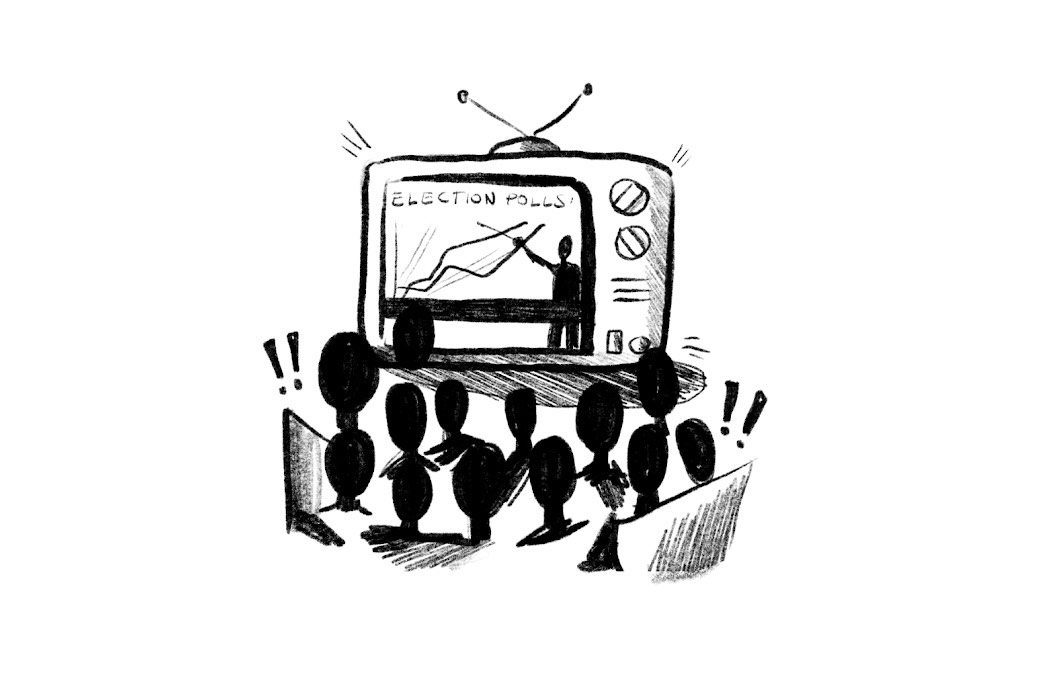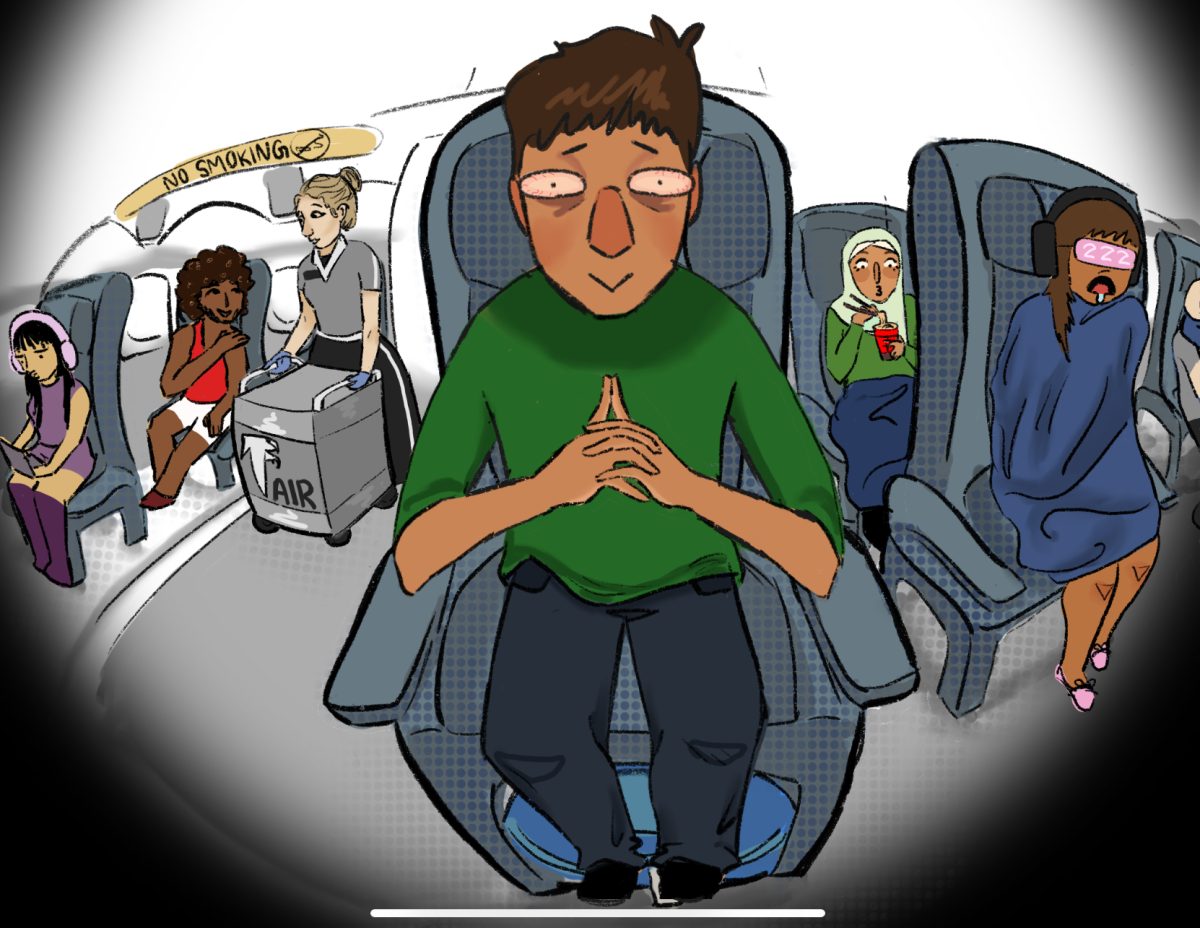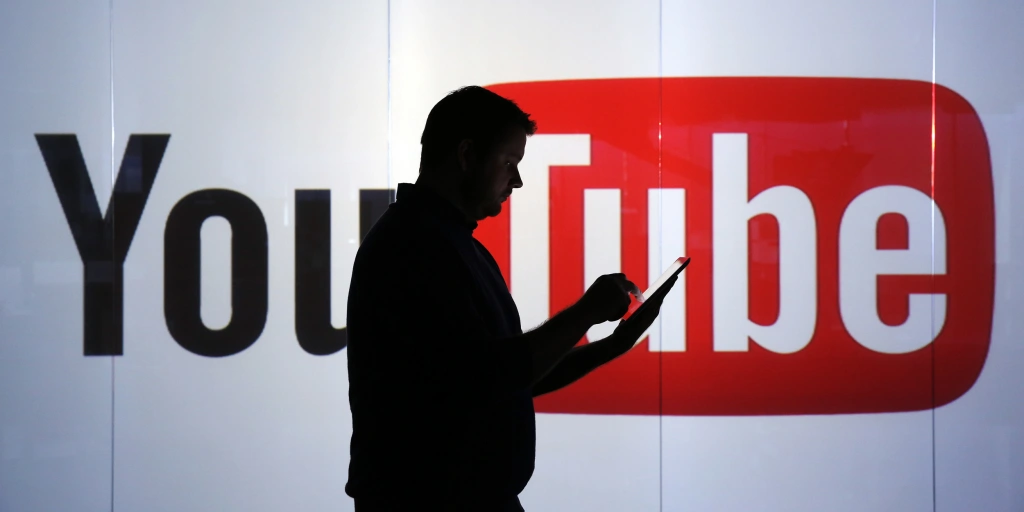Legacy media and our social media feeds are constantly telling us that our politics are more polarized than they’ve ever been. Despite the frequency with which political polarization is invoked to argue for or against any number of things, its critics can’t seem to articulate what exactly political polarization is, let alone its issues. I argue that one reason for this is that political polarization is often beneficial. First, I would like to differentiate between two types of political polarization. First, there is ideological polarization, which is the distance between policy positions. Ideological polarization can also be conceptualized as the difference between political parties’ policies. Second, there is affective polarization—synonymous with partisanship—which is dislike, distrust, or othering of political opponents. Without distinguishing between these types of polarization, we are stuck discussing a vast oversimplification of this important issue.
The US is currently facing a disastrous deficit in ideological polarization. This is best illustrated by how Trump’s 2016 immigration policy was continued by the Biden administration. This forced voters to either vote for the current Republican party, or the Republican party of four years prior. Through their fear of polarization, the Democratic party has completely ceded to the right-wing framing on issue after issue. The main reason that politicians are afraid of letting there be a difference between parties is fear that their opponent will win the coveted—and arguably mythical—“moderate” vote. Additionally, directly increasing ideological polarization is beneficial and brings better policies into the mainstream. For instance, the creation of an opposition party in dictatorship, while it would technically increase polarization, would affect positive change. Finally, a meaningful distinction between parties can encourage people to actually vote by combating rising political disillusionment. The issue with this line of thinking is that it takes for granted radical voters support for politicians with policies marginally closer to their own, which is far from a guarantee.
Affective polarization is more complex. When we are too polarized along partisan lines, the government succumbs to impotence and gridlock since they can’t compromise with the other side. However, that single-mindedness can prevent important policies from being diluted to the point of uselessness by never ending negotiations. Something that is often brought up with regard to Affective polarization is “civility.” Civility is disingenuously invoked to rebut mentions of the immorality, impracticality, or pure evil of certain policies. Especially since the form most compromise takes in the US is each side getting to push through a piece of legislation they favor, it is inherently immoral to compromise with abhorrent policies such as mass deportation. Despite all of this, you shouldn’t shun those with different political views, as long as you can coexist without coming to blows over your political differences.
To conclude, most of the vague dangers attributed to polarization are specifically caused by affective polarization and both types of polarization have numerous benefits for society. One final observation is that a major difference between the Republican and Democratic parties is the Republicans’ willingness to make concessions to neo-Nazis, while Democrats continually kneecap the far-left.
This article also appears in our October 2024 print edition.














